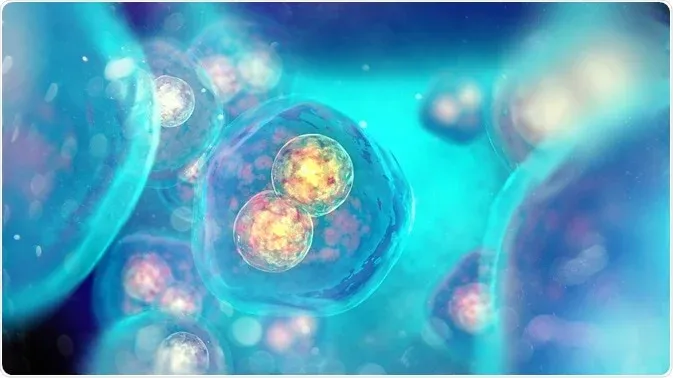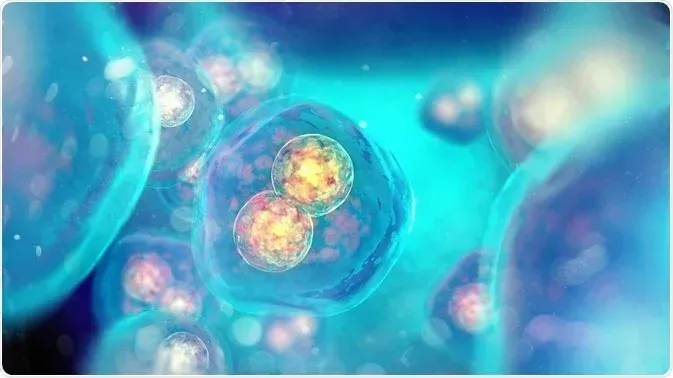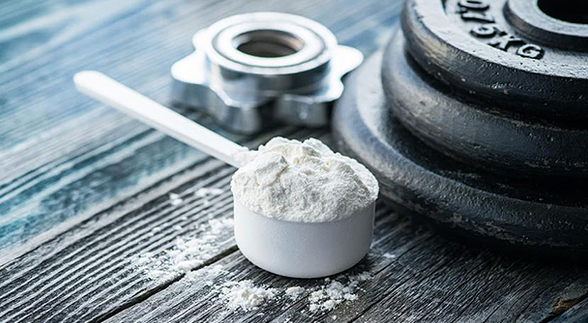Loss of Proteostasis:
Resveratrol, curcumin, and luteolin, have shown some promise in improving proteostasis. Resveratrol can be found in dark fruits and even chocolate!

Understanding Proteostasis: The Key to Successful Aging
As we age, our body undergoes various changes that can lead to the development of chronic diseases such as dementia, Parkinson's disease, and arthritis. However, in recent years, scientists have made groundbreaking discoveries regarding one of the primary contributors to aging: Proteostasis. The term refers to the control of protein quality within cells, and it is crucial for cellular health. Read on to learn more about proteostasis and its importance as a hallmark of aging.
What is it?
Proteostasis is a word that comes from the joining of two words: ‘protein’ (a structure or a production mechanism for various needs) and ‘stasis’ (meaning to be stable). When the body is producing proteins as needed and in a controlled balance manner, this harmonious state is known as proteostasis.
Proteostasis is also the overall ‘management’ of proteins including building them correctly when they are needed, their continued maintenance, shuttling them around to the cells that need them and recycling or destroying them when they become too damaged to work effectively.
Specifically, the ribosome (the protein factories of our cells) receives instructions from transcribed genetic information and assembles amino acids (the building blocks of proteins) together to produce the thousands of different proteins we have in our bodies. These strings of joined amino acids rearrange themselves into an overall 3-D structure determined by the amino acid sequence. This rearrangement is sometimes aided by proteins called chaperones, which help other proteins to arrange themselves in the formation necessary for them to function properly.
How Does Loss of Proteostasis Happen?
Aging is, naturally, associated with the accumulation of misfolded proteins that can lead to cellular stress, chronic inflammation, unregulated hormone balance and the activation of aging pathways. Additionally, proteostasis is responsible for maintaining the functional integrity of various organs such as the brain, liver, and pancreas. Thus, its failure contributes to the development of age-related diseases that manifest into other Hallmarks of Aging.
There are several factors that contribute to a loss of proteostasis, both internal and external. Internal factors include poor nutrition, physical inactivity, and stress which can cause mitochondrial dysfunction. Externally the exposure to environmental toxins and any changes in physiology will also cause impairment. It is these factors causing excessive free radicals and oxidative stress to accumulate inside the cell leading to cellular DNA, membranes, and protein damage.
Why is this Critical to our Health Span?
These various external and internal stresses that accumulate during ageing lead to the decline of proteostasis network capacity and proteome integrity. The resulting accumulation of misfolded and aggregated proteins affects, in particular, specific cell types such as neurons, manifesting in disease. Recent analyses of proteome-wide changes that occur during ageing provide insight into how we can maintain and improve proteostasis as we age. The possibilities of pharmacological augmentation of the capacity of proteostasis networks hold great promise for delaying the onset of age-related pathologies associated with proteome deterioration and for extending health span.
Groundbreaking Therapies
Several groundbreaking therapies have shown promise in maintaining proteostasis as we age, and they include Heat shock protein generation and gene therapy. Heat shock proteins are a class of Proteins that help cells to cope with stressors by maintaining Proteostasis. An easy way to promote heat shock proteins is by using a sauna. Easily enough, exposure to 163 degrees for 20 minutes triggers an influence for the development of heat shock proteins. So, take a sauna to age healthy. Additionally, gene therapy has shown significant potential in treating inherited and age-related diseases by restoring the function of proteostasis network components. This is achieved by using specific targeting systems to deliver additional chaperone proteins where they are needed. This reinforces the 'management capacity' of proteostasis and accelerates the recycling or destruction of inefficient proteins.

Dietary supplements that are potent antioxidants, like alpha lipoic acid, astaxanthin, and others are great choices to support Proteostasis. NAD boosters such as nicotinamide riboside (NR) and NMN have shown remarkable potential to improve proteostasis, especially in the brain, as well as, showing some promise in supporting the proteostasis network and sustaining cellular health. Additionally, supplements that boost autophagy, such as resveratrol, curcumin, and luteolin, have shown some promise in improving proteostasis. Resveratrol can be found in dark fruits and even chocolate!
Concluding Remarks
Proteostasis is a crucial process that plays a significant role in cellular health and the management of healthy aging. The loss of proteostasis leads to age-related diseases, chronic inflammation, and oxidative stress. However, promising therapies and supplements can help maintain the proteostasis network and improve cellular function. It's essential to prioritize healthy living, healthy eating habits, and exercise to reduce the chances of proteostasis network failure. Aging is a complex process, but understanding proteostasis and its role in cellular health is an essential step in improving our quality of life, reducing the risk of age-related diseases, and promoting healthy aging.





